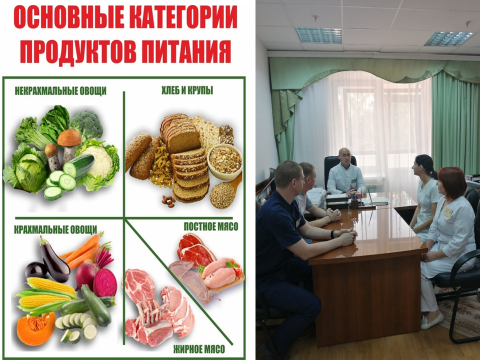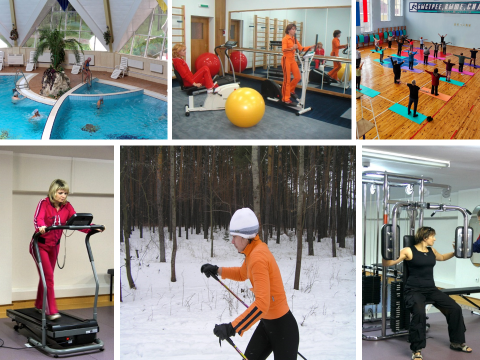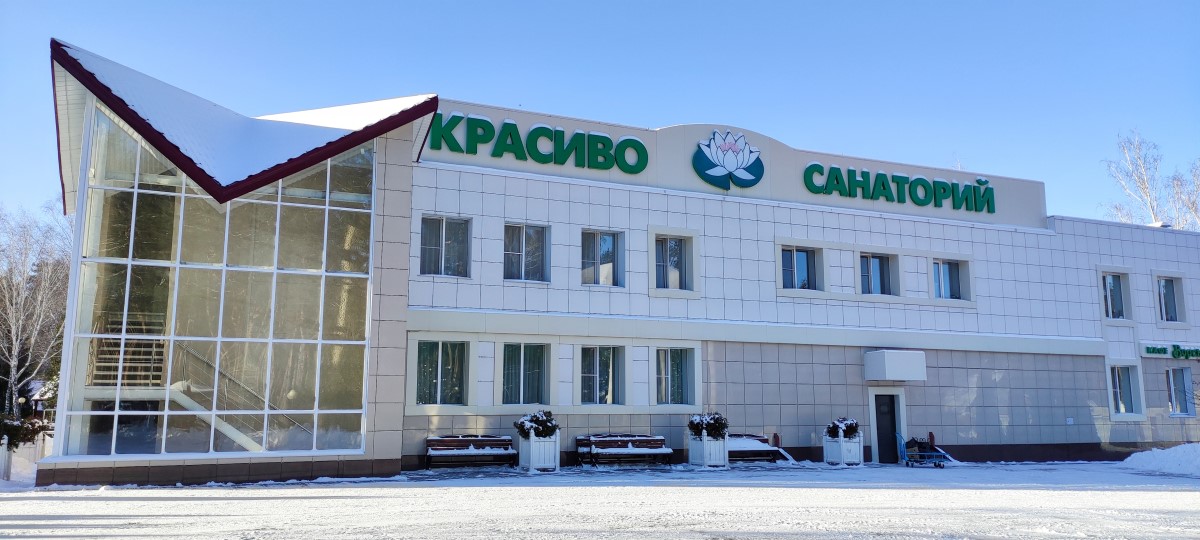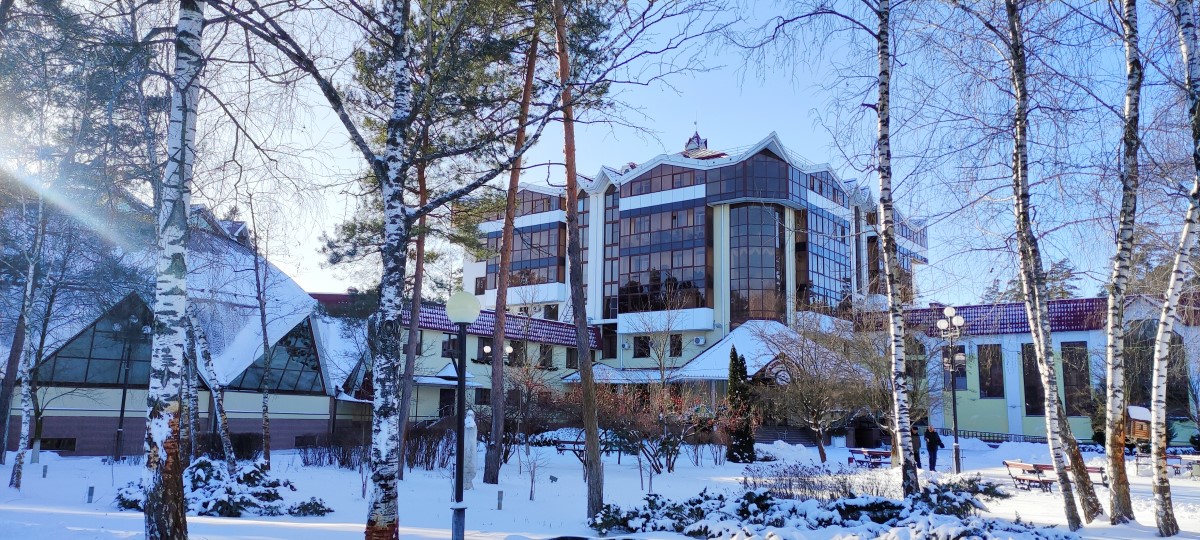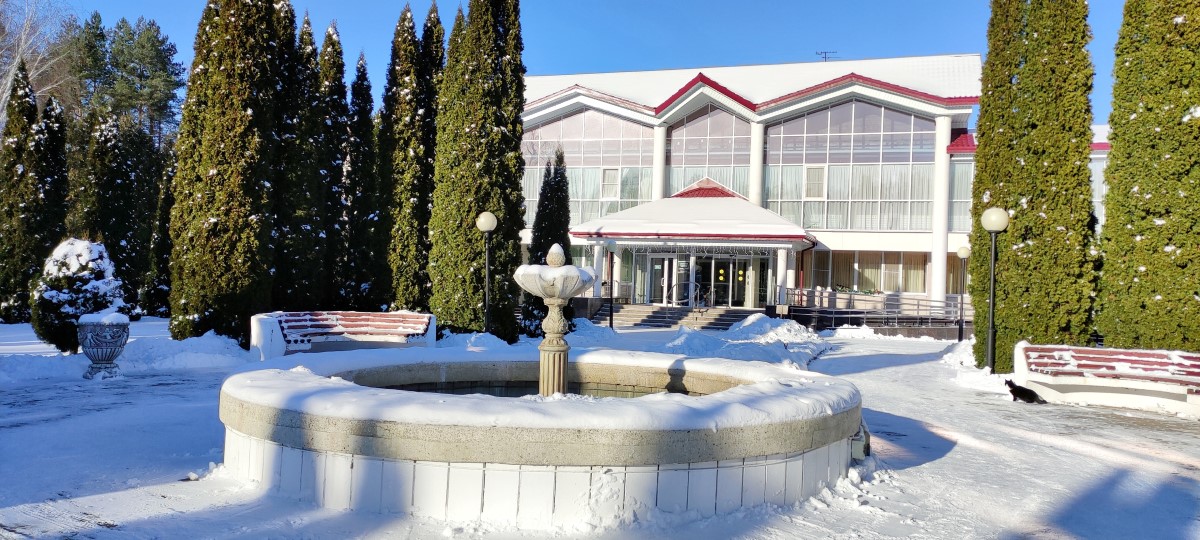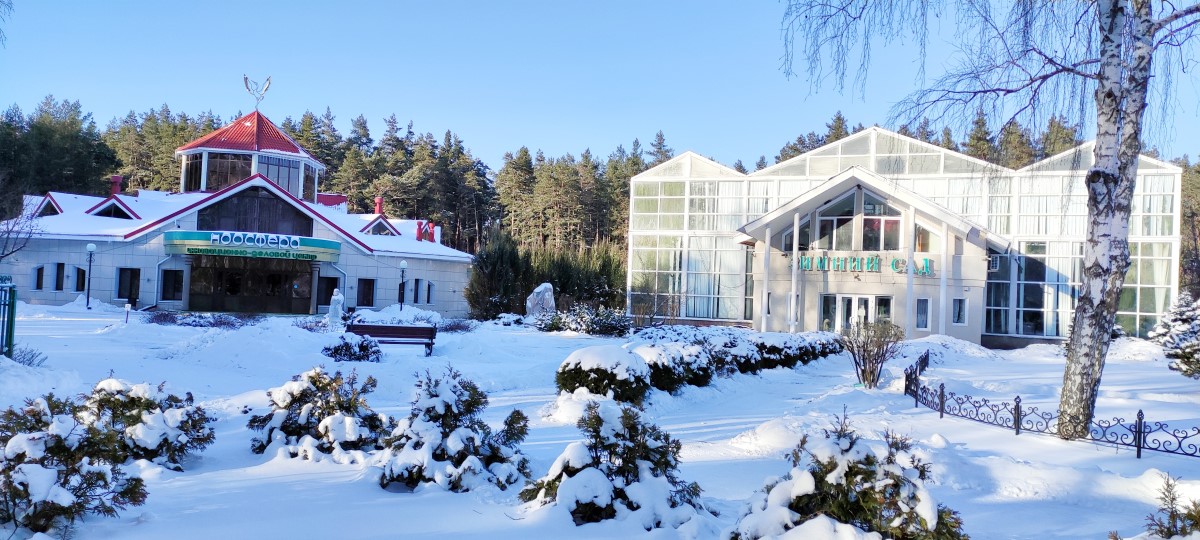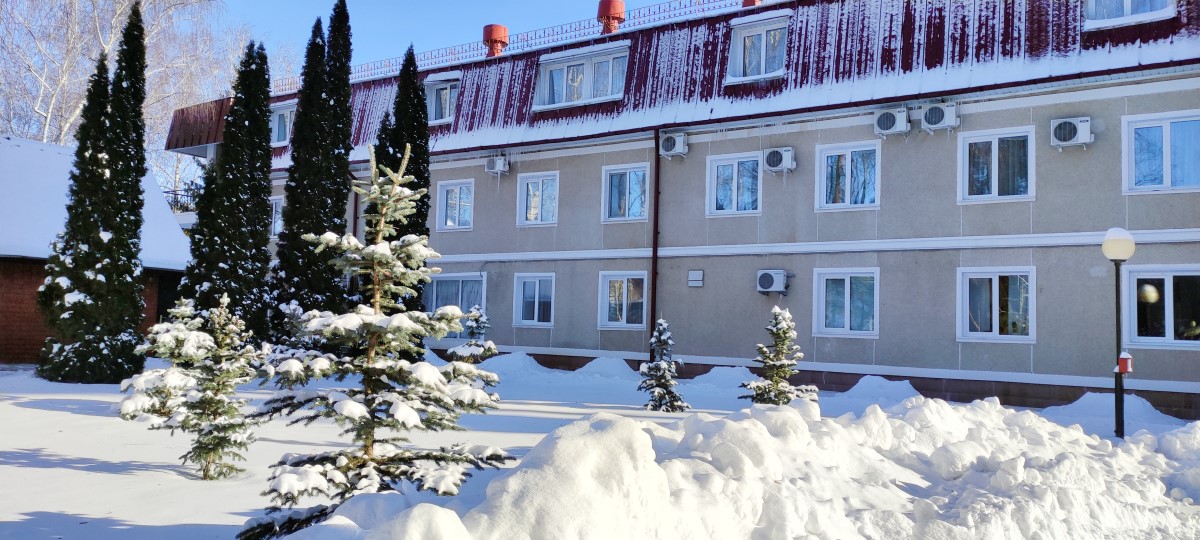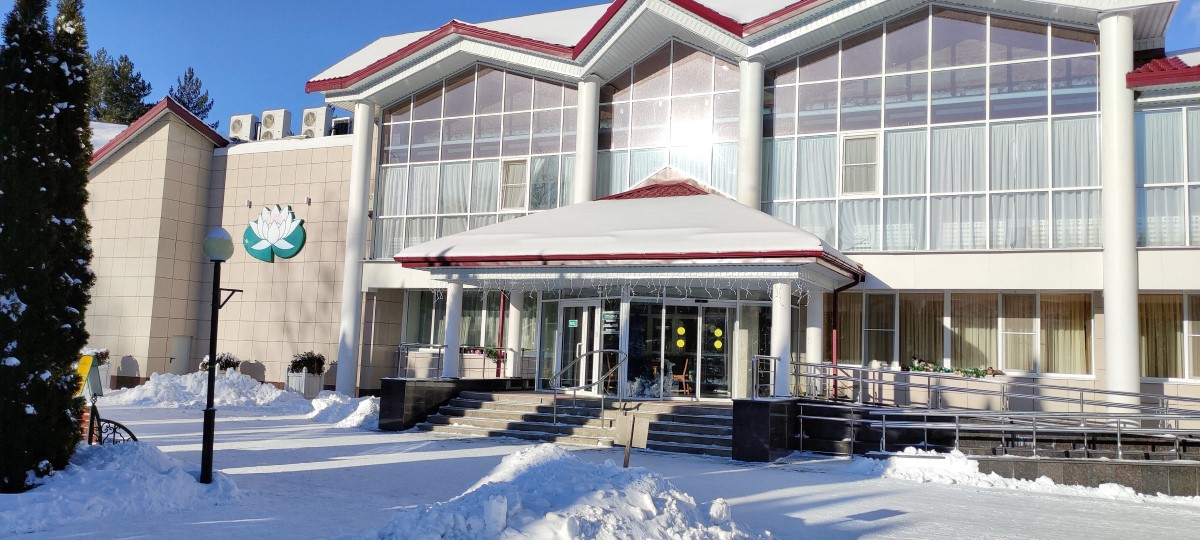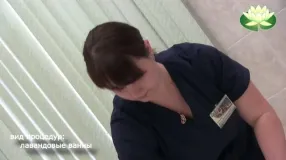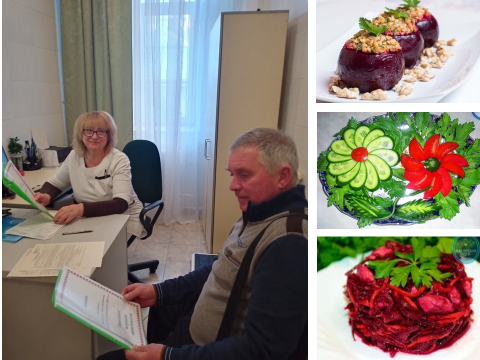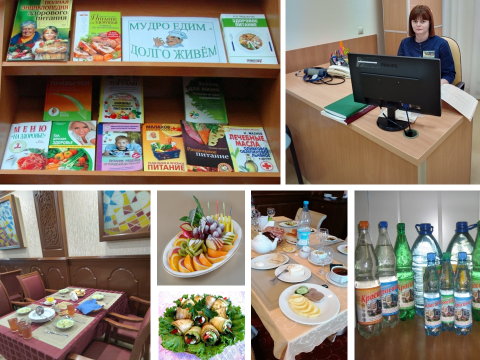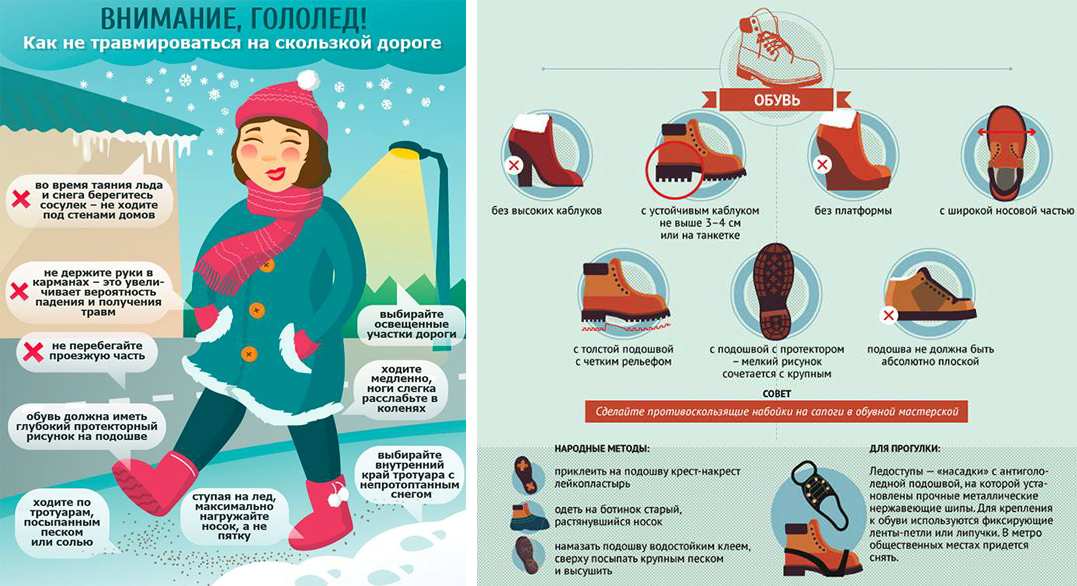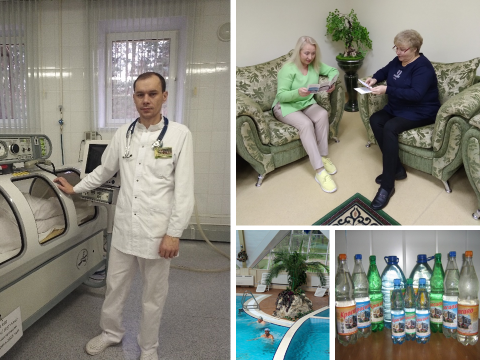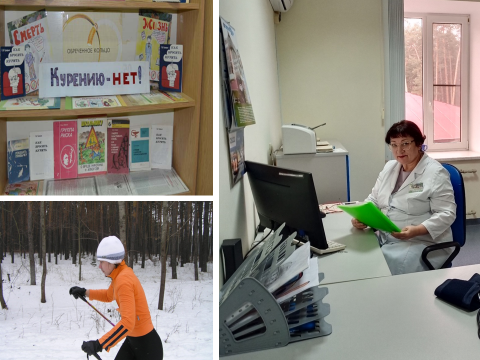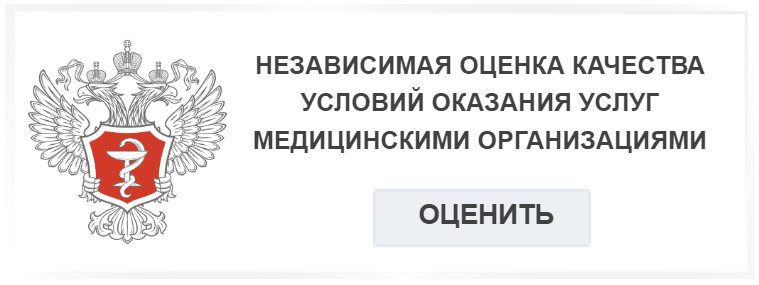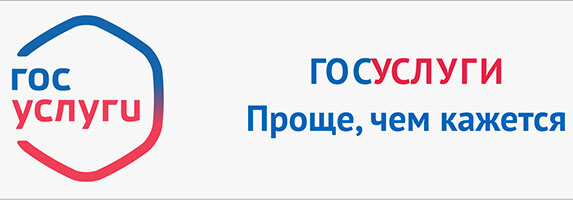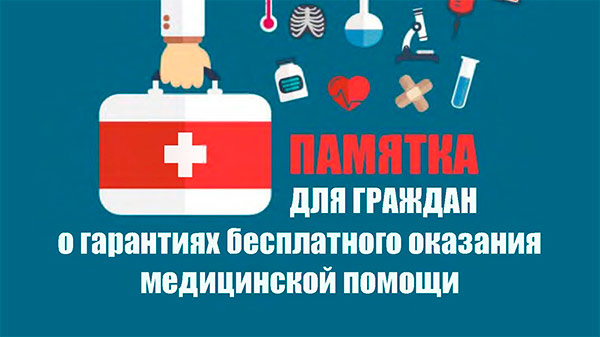- About the sanatorium
- Treatment
- Accommodation
- Services
- Prices
-
Customers
- Useful
-
Regulatory documentation
- Reception of citizens
- Question-answer
- Reviews
- Medical tourism
- Voluntary consent for children
-
Lean manufacturing cases
- lean manufacturing #2
- Lean manufacturing. Case No. 3
- Lean manufacturing. Case No. 4
- Lean manufacturing. Case No. 5
- Lean manufacturing. Case No. 6
- Lean manufacturing. Case No.1
- Lean manufacturing. Case No. 7
- Lean manufacturing. Case No. 8
- Lean manufacturing. Case No. 9
- Lean manufacturing. Case No. 10
- Lean_manufacturing_Case_N_11
- News
- Contacts
The information campaign "The benefits of vegetables and fruits" is being held in the sanatorium "Krasivo" from January 15 to January 21, 2024
More details 
Vegetables and fruits occupy a fairly important place in the human diet, they are a valuable source of vitamins, carbohydrates, organic acids and minerals.
The benefits of fruit and vegetable products are undeniable to ensure the normal functioning of the body. The optimal amount depends on a number of factors, including a person's age, gender, and level of physical activity. According to the latest WHO recommendations, it is necessary to consume at least 400 grams of vegetables and fruits per day. The doctors of the sanatorium "Krasivo" join the information campaign and have prepared lectures, talks, leaflets, booklets on rational nutrition, the benefits of eating vegetables and fruits for human health.
Consuming vegetables and fruits in sufficient (and even higher than recommended) amounts brings multifaceted benefits. Eating according to the plate rule, where 1/2 part is often vegetables and fruits, and 1/4 protein and starchy foods are an easy way to balance the diet and be healthy.
Any dish can be made much tastier if it is served beautifully and in an original way. This has a positive effect on visual perception and improves mood. Take care of yourself, follow the rules of healthy eating!

An Active Lifestyle Promotion Week is being held in Russia on January 9-15, 2024
More details 
Physical activity is an essential element of maintaining health and a healthy lifestyle. The World Health Organization (WHO) recommends 150 minutes of moderate physical activity or 75 minutes of intense physical activity for the full functioning of the human body. Insufficient physical activity is one of the main risk factors for the development of diseases. People with low physical activity have a 33% higher risk of getting sick compared to those who devote enough time to physical activity. Increasing the level of physical activity in people reduces the risk of depression and is a prevention of aging.
The sanatorium's doctors have prepared lectures, talks, films, videos, booklets and leaflets about physical activity, diet and disease prevention. Moreover, there is a sports and recreation complex with a total area of 2500 square meters for physical education in the sanatorium "Krasno". It consists of a large sports hall with an area of more than 600 square meters, two gyms, two gyms, massage rooms, a multimedia shooting range, a sports equipment rental point and a billiard room. All halls are equipped with the necessary modern equipment. Exercise bikes, treadmills, and power sports equipment are waiting for vacationers. This complex solved the problem of organizing the individual motor regime of patients. The variety of types of physical therapy, the capacity of the halls, and the available equipment made it possible to increase the coverage of physical therapy for vacationers to 100%. The week of promoting an active lifestyle is an occasion for the whole country to unite with the famous slogan: "A healthy mind in a healthy body"!

Happy New Year! Merry Christmas!
More details 
New Year is a new page in life! On the eve of the New Year, it is customary to sum up and make new plans. The past year has been extraordinary for each of us. He taught us to be generous and help ourselves and our loved ones! May the New Year 2024 bring each of us many new achievements, good health and love. Let your plans come true, there will be no empty space on our page of life, and it will be filled with a lot of colors of bright events! May luck, success and prosperity accompany you in the New Year, and inspiration and love will make life brighter and brighter! May the source of goodness and warmth in your soul keep you and your loved ones warm! Enjoy every moment of your life. Let the events be significant and beautiful, and life be prosperous and happy! Come to celebrate the New Year in the sanatorium "Krasivo"! Happy New Year! Merry Christmas! Be happy!

What is the danger of New Year's overeating?
More details 
Most New Year's traditions are centered around a festive table with your favorite delicacies. Meanwhile, the body's reaction to overeating on New Year's Eve will not take long — bloating, heartburn, slowing metabolism, exacerbation of chronic diseases of the digestive system, diarrhea, poisoning, allergies. And yet, the New Year will forever remain the most desired holiday of the year, a time of miracles and fulfillment of innermost desires. And so that the spoiled New Year's holidays do not become the main memory of the coming year, it is worth preparing for the feast in advance.
How not to overeat at the New Year's table
1. Follow your usual diet throughout the day and do not starve yourself. To break off and eat a daily allowance in one sitting is not the best idea on New Year's Eve.
2. The same applies to strict fasting days, which you promise yourself immediately on January 1. The best option would be to return to a balanced diet and not starve yourself as punishment for holiday liberties.
3. Drink a glass of water 20-30 minutes before dinner. Water will dull the feeling of hunger and give a feeling of satiety.
4. Eat more vegetables. Fiber is much easier to digest and satisfies hunger for a longer period of time.
5. Do not abuse alcohol. Do not forget high—calorie soft drinks - juices, compotes, sodas. It is very easy to underestimate their effect on weight gain.
6. Take breaks more often, distract yourself from eating by talking, dancing or playing in the company and walking.
7. Take your time and chew your food thoroughly.
Take care of yourself!

Healthy Food Promotion Week
More details 
From December 18 to 24, a Week of promoting healthy eating is being held in Russia as part of the National Health Project. Maintaining a healthy, balanced diet helps to avoid metabolic disorders and associated diseases. Good health is an effective result of working on yourself, your food preferences, including giving up delicious, but not necessary treats for the body. And then your body will reward you with wonderful well-being and longevity. One of the most important components of a healthy lifestyle, which determines the state of human health by more than 50%, is nutrition. Meetings with doctors, explanations, conversations, lectures, printed materials contribute to familiarization with the basics of healthy nutrition for vacationers of the sanatorium "Krasivo".
The occurrence of cardiovascular diseases, diabetes mellitus, and oncology is facilitated by an unbalanced diet, abundant in simple sugars, saturated fats, and excess calories, but deficient in important nutrients. Aggressive advertising of fast food, a huge range of processed products, and cunningly constructed marketing by retailers encourages excessive consumption of harmful products. It is important to understand this and fill your daily food basket correctly. There are simple rules that make it possible to make a diet not only healthy, but also optimal for a particular person:
1. The balance between energy coming from food and its consumption.
2. Limit salt intake to 5 g per day (1 tsp).
3. Consumption of at least 400 g of seasonal vegetables, fruits, legumes.
4. Reducing the amount of fat. Don't overeat!
As the ancients said: "Let food be your medicine! Otherwise, the medicine will become food!"

Injury prevention in winter
More details 
In winter, we get most of our injuries on the streets. In a number of their reasons, banal haste and ice are in the first place. Typical injuries are fractures of the radius, fractures of the ankles and collarbone, bruises, ligament damage of the ankle and knee joints, fractures of the shin bones, traumatic brain injuries. Injuries are especially dangerous for the elderly. Even a small load during a fall can result in a hip fracture for them. Ice is a particular danger. To avoid injury, we remind you of the simple rules:
1. Walk slowly, on bent legs, slightly relaxing them at the knees and leaning on the whole foot;
2. It is very important not to keep your hands in your pockets (with fixed hands, the probability of not only falling, but also a fracture increases);
3. Having slipped, you need to have time to group up, be ready to fall;
4. It is best to fall on your side, in no case should you land on straight arms;
5. It is undesirable to leave the house at night, in very cold weather, when it is snowing and slippery;
6. It is advisable for elderly people to use a cane or walk with their loved ones, this is especially important when crossing the street, when descending stairs and climbing up it;
7. During icy conditions, stay away from the roadway and in no case run over it! The braking distance of cars increases significantly at this time.
In the sanatorium "Krasivo", doctors hold talks about injury prevention, distribute memos and booklets on the topic to vacationers and urge them to take care of themselves and children!

The week of responsible attitude to health
More details 
From December 11 to 17, 2023, the Ministry of Health of the Russian Federation declared a week of responsible attitude to health. Sanatorium "Krasivo" joins the infocampania. Doctors prepare lectures, talks, printed materials and film screenings on this topic and reveal the basic principles of a responsible attitude to health:
Firstly, it is the observance of a healthy lifestyle – the rejection of bad habits, a healthy diet and physical activity. A necessary element of a healthy lifestyle for any person is a rational work and rest regime. Full sleep should be at least 7-8 hours a day, which creates optimal conditions for work and rest and thereby contributes to health promotion.
The second principle of a responsible attitude to health is monitoring one's own health – passing professional examinations and medical examinations and, as a result of this examination, timely access to a doctor.
And the last principle of the discussed issue of the Week is responsible use of medicines, proper storage and use of medicines.

Week of prevention of consumption of nicotine-containing products
More details 
From December 4 to December 10, 2023, the Week of prevention of consumption of nicotine-containing products is taking place. The purpose of the event is to reduce the level of tobacco consumption among both adults and adolescents. According to official statistics, over the years of the state policy aimed at protecting citizens from tobacco smoke and the consequences of tobacco use, the prevalence of smoking in the country has been steadily decreasing. Nicotine–containing products cause the same harm to the body as tobacco products, and myths about their harmlessness are only well-planned misinformation of the tobacco industry. Tobacco smoking is a major public health problem. An adequate preventive action plan should be drawn up based on an understanding of the risk of developing dependence on tobacco use, as well as the most significant population and individual factors in the formation of smoking habits.
The staff of the sanatorium "Krasivo" live in harmony with the motto - "Lead a healthy lifestyle!". This festive week, sports and information events are held in the sanatorium "Krasivo" under various slogans – "Sport prolongs life", "Replace a cigarette with a candy", "Smoking is not fashionable" and others. Doctors have prepared lectures, talks, leaflets, films and videos about the dangers of smoking. Everyone can get specific recommendations that will help to cope with addiction. You can become a prisoner of tobacco very quickly, so the best way is not to start smoking, and if it does happen, then work hard and quit the bad habit, otherwise it will be too late.
Remember that your health is only in your hands!


